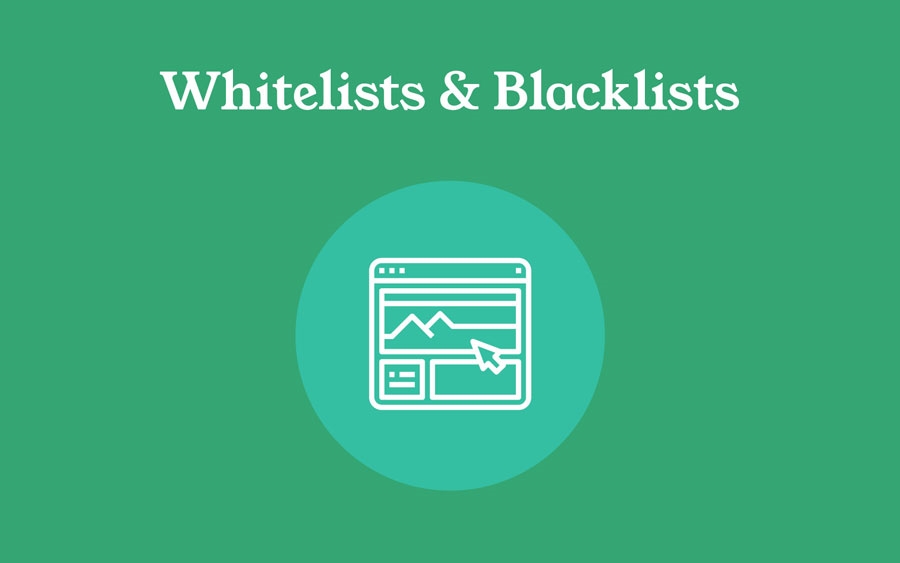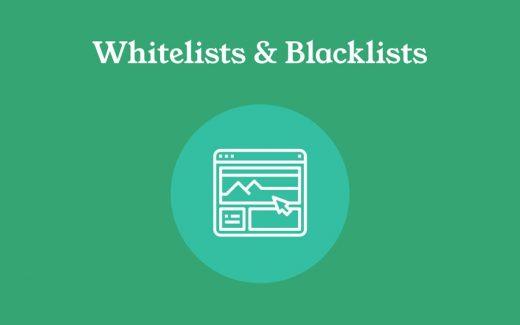Blacklists, Whitelists: Where Can You Advertise Anymore?
Blacklists, Whitelists: Where Can You Advertise Anymore?

We have heard a lot about brand safety over the last few years. There have been “scandals” where brands, often without their knowledge, were found to advertise around, let’s say, “less savory” content (porn, hate speech, racist content, etc.). This often happened when marketers instructed digital ad agencies to find the cheapest cost, or because the agency was told to deliver X amount of eyeballs within the campaign period.
Those cheap eyeballs are typically delivered by buying via the darkest of ad pools, where you have no idea where your ad will end up. But hey, it will be cheap! And the delivery goal can sometimes lead to publishers or agencies buying additional reach via third parties, where, again, the quality can become a little questionable.
Marketers have learned about blacklists and whitelists and have become a lot more sophisticated in how to track and monitor their content placement. Agencies have followed along, and some now even offer tracking as part of their digital advertising offering (at cost, of course, and if the client wants it, and both those decisions SHOULD be the client’s call).
As marketers initially created these lists, they also learned that blacklisting words like “gun” can have unintended consequences. Gunning for a result in a soccer article on ESPN, or gunning a car into gear on the Top Gear site would have blocked your ad. That is not terrible, unless you are of course a soccer brand or a car brand.
When an angry right-wing mob attacked the very hallways of our democracy, marketers and agencies scrambled to make decisions about what to do. Do you need to blacklist words like “mob” and “right wing”? What if you sell floor scrubbers or chicken wings? Do you need to blacklist certain politicians? That means blocking all of the news media.
What is even a safe space anymore? By what measure is something good or bad to sell socks or sparkling water?
And now we have platforms wholesale banning content or publishers. A friend of mine had her Instagram account suspended because someone complained she had a picture of her dog in an adorable Christmas outfit, posed in front of her tree. Someone flagged it as “cruelty to animals” and presto – Instagram notified her that her post had violated Insta’s terms. Perhaps it was her dog that had flagged the Insta authorities, but it goes to show that decisions about what is good or bad are often a matter of opinion and personal perspective.
Jenna Ryan. for instance thought it was a great idea to participate in the storming of the Capitol while promoting her real estate business in Texas. What if Caldwell Banker or Realtor.Com had bought an ad to go along with that? It could have happened.
Here’s the thing: Perhaps we are all being a bit oversensitive. Should you advertise around riot content, broadcast live on the news networks? Obviously not. The networks themselves actually showed constraint when showing footage of the Capitol attack, and rightly so.
It’s a little harder for digital content, but the good news is that the digital news cycle moves so fast that even if your Georgia peaches ad appeared next to impeachment content, contrary to your instructions, we won’t really remember. Stephen Colbert might have a quick joke about it tonight. But he’ll have another joke tomorrow. So don’t be too trigger-happy with the black and white lists. This, too shall pass.
(8)


